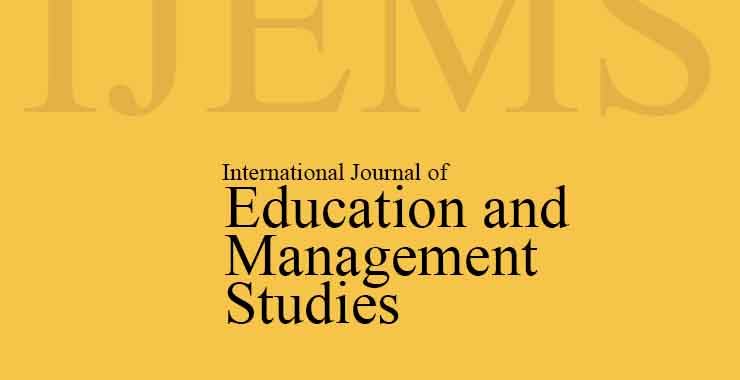Dynamics in Consumption Expenditure Patterns: A Study Regarding Rural and Urban Areas in Kerala
Original price was: ₹ 201.00.₹ 200.00Current price is: ₹ 200.00.
Page: 123-126
Jomon Mathew1 and Seetha Lekshmi V.2 (Department of Economics, College of Engineering Trivandrum (CET), Trivandrum, Kerala1 and Department of Economics, University College Trivandrum Kerala2)
Description
Page: 123-126
Jomon Mathew1 and Seetha Lekshmi V.2 (Department of Economics, College of Engineering Trivandrum (CET), Trivandrum, Kerala1 and Department of Economics, University College Trivandrum Kerala2)
Understanding the dynamics of consumption expenditure patterns has important policy implications. As the analysis of consumption patterns reveals significant insights into the living standards, poverty levels, and economic inequalities, it throws great attention towards policy making. Comparing the consumption expenditure patterns of Kerala with the national average reveals interesting contrasts. While the overall trend in India shows a gradual shift towards discretionary spending, Kerala is experiencing a more pronounced change due to its higher income levels and better social indicators. This paper explores the dynamics of consumption expenditure patterns in India, focusing on the state of Kerala. The core objectives of the study include (i) evaluating the structural shifts in consumption expenditure in rural and urban areas of India and (ii) examining the dynamics of consumption expenditure patterns in Kerala. The methodology used in this study is the NSSO surveys over a long period, providing detailed information on household consumption expenditure. Analysis of NSSO survey data over decades reveals significant changes in consumption expenditure patterns in India, with marked differences between rural and urban areas. A noticeable trend prompting cereal consumption in India is the increasing importance of health and wellness. Cereal consumption in Kerala declined significantly, with broader changes in dietary preferences and economic conditions. Nutrient intake trends present a mixed picture; while per capita expenditure increased, daily consumption of energy foods and protein decreased, except for fat intake. These findings highlight the need for policies addressing nutrient intake and the dual burden of malnutrition and diet-related diseases, promoting balanced nutrition and sustainable consumption in Kerala.

